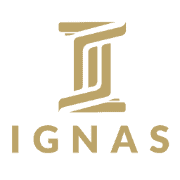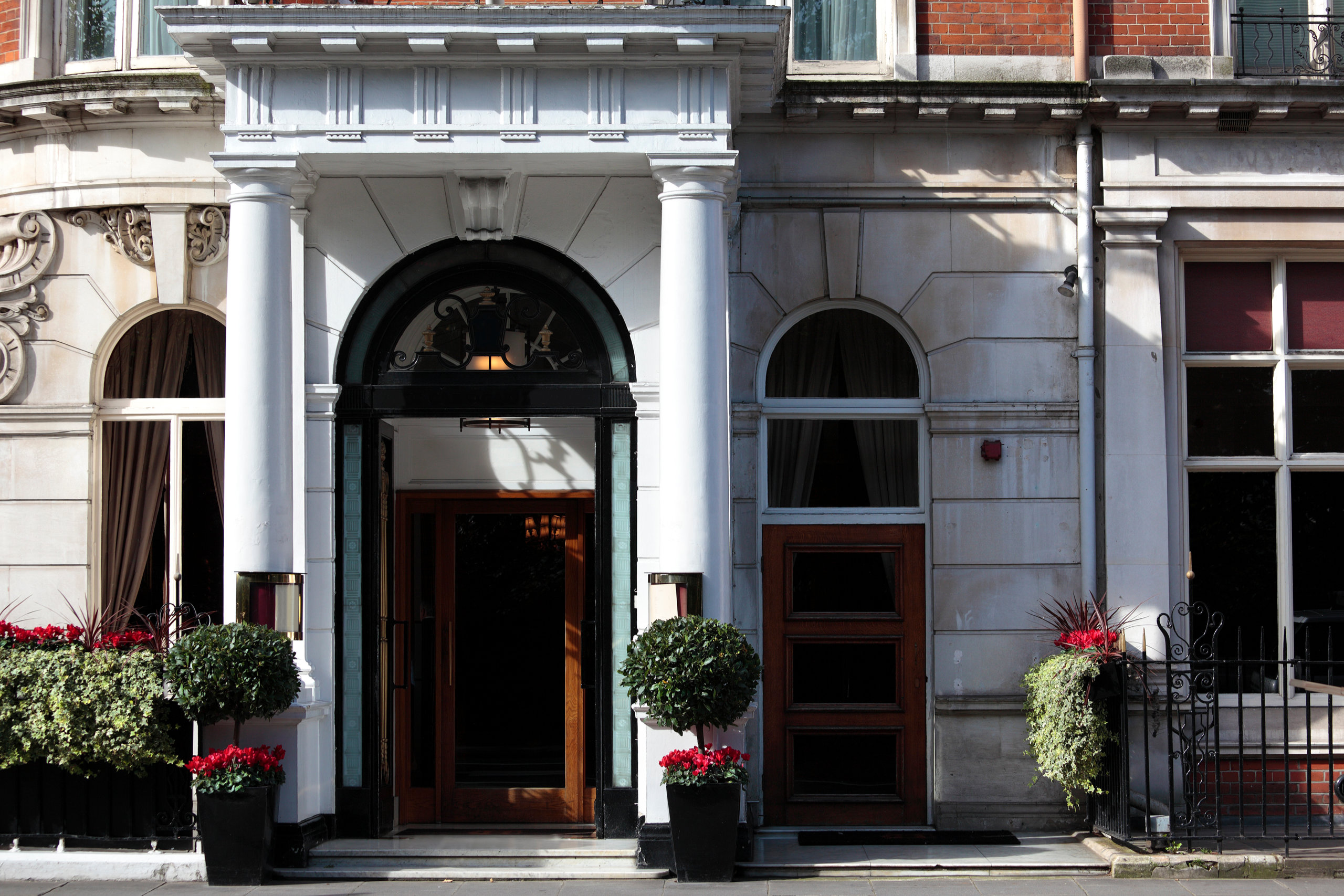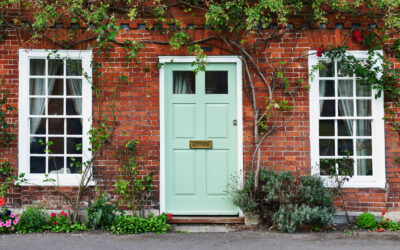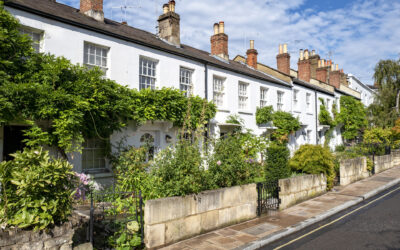While these days, limewash is primarily used for outdoor painting, it has a long tradition of being
used for finishing both the outside and inside walls of historic buildings. Considering such diverse uses of limewash paint, maybe it’s high time you’ve learned a thing or two about it?
While many home-grown renovators look at painting as simple and easy enough to skip hiring a contractor and do on their own, there’s actually a lot to consider when preparing for a painting project. For example, what is the difference between interior and exterior painting? There’s many different types of paints available on the market – if you have decided to tackle house painting on your own, you should probably know a thing or two about the materials you’re going to use. Below, you’ll find a basic guide to what paint is made out of, as well as the specifics of both interior and exterior paint.
Key ingredients of paint
When reduced to its basic components, each type of paint is made out of four primary ingredients – solvents, additives, resins, and pigments. Here’s what you need to know about these ingredients:
- Solvents are responsible for transforming the combination of all the different ingredients into a liquid solution, which then evaporates after being exposed to air.
There are two main types of solvents added to paint – water-based paints, which dry faster, produce less smell, and last for a long time, as well as oil-based paints, which are generally more durable and stain/rust-resistant - The pigment is added to paint to achieve the desired colour. When mixed with a binder like water or oil, it can be used to create all kinds of paint, from acrylic to watercolours and pastels.
- Additives are all the extra substances added to the solution to give it various additional properties. These can range from defoaming additives to rheology modifiers, which control how the paint flows.
- Finally, the resin (usually either epoxy, silicone, or acrylic) makes the paint actually stick to the surface when applied. It also holds the pigment particles together, helping the paint retain colour.
Now that we know what paint is made out of, let’s go over the main characteristics of exterior and interior paint.
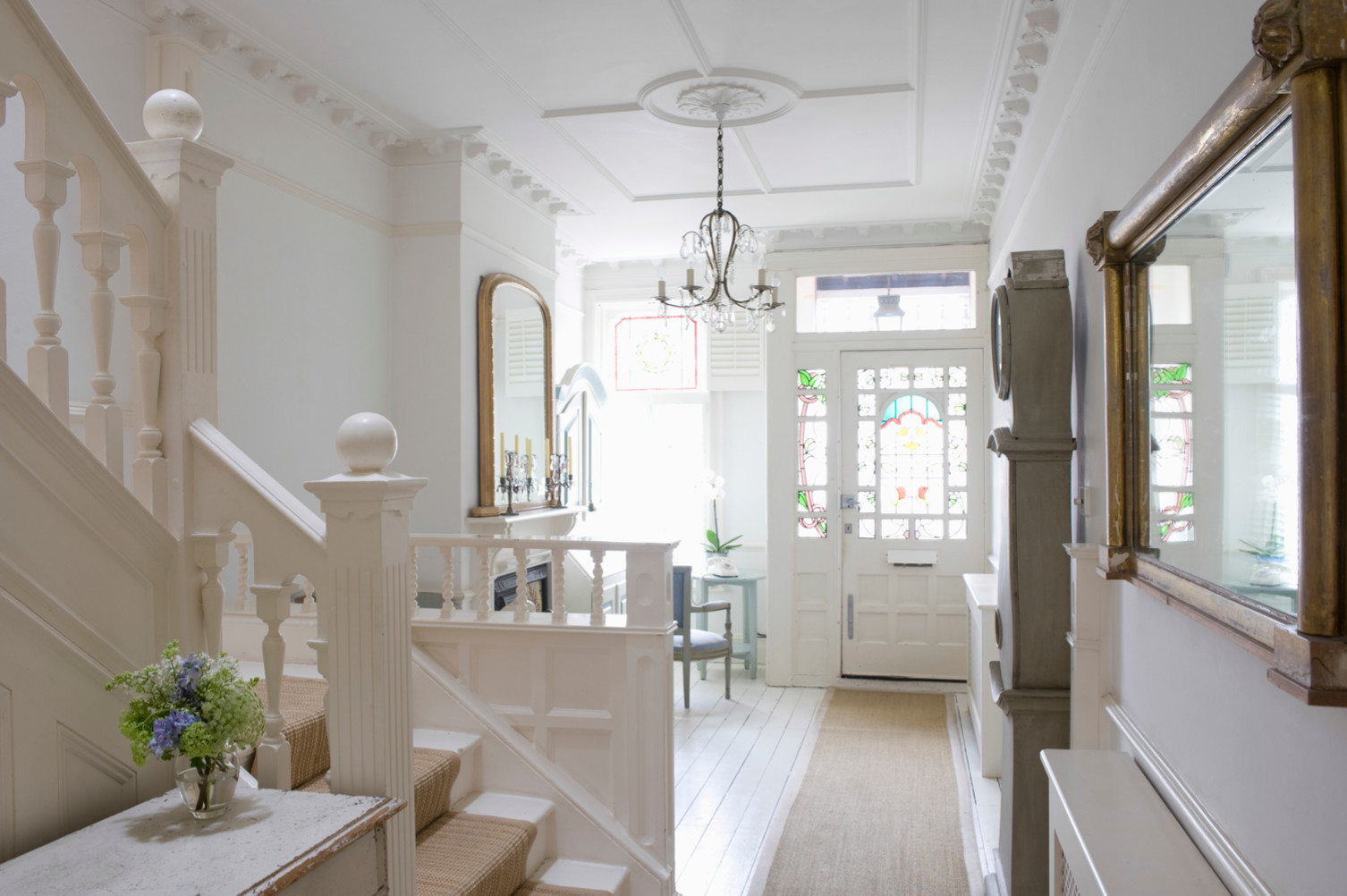
Major differences between interior and exterior paint
The proportions of each component as well as their types make the difference between interior and exterior paint. Exterior paint, for example, might feature more resins and special additives to increase resilience. However, these additional components might cause outgassing, releasing VOCs, or Volatile Organic Compounds.
Depending on factors like ventilation efficiency and house insulation, even interior paint might take a couple of months before the paint fully cures and all VOCs are removed. This is why paint with high VOC count is usually used in exterior painting, as the gasses can safely dissipate into the air (which, depending on the paint used, might also not be the best for the environment).
Specifics of exterior and interior painting
Exterior paint can slowly release VOCs for up to several years after painting, with additional substances that prevent mould and mildew growth, as well as weatherproofing the outside of a building.
Interior painting, on the other hand, doesn’t require paint that is as durable and weatherproof as the one used on the exterior. These paints feature low VOC count, and some brands even offer VOC-free alternatives. Most interior paints still feature additives to make them scratch and stain resistant and come in a range of finishes, from matte to gloss.
Preparing for a renovation project? Take a look at our preparation guide for interior painting as well as our exterior painting in London guides for Spring, Summer, and Autumn. You’ll find more helpful painting and decorating tips at our blog.
Follow us
Blog
Spring is coming – it’s time to paint and decorate outdoors in London!
At Ignas we are very happy that the weather is slowly but steadily improving! Why is it so important
to us? Apart from the fact that we love the sun, these are also perfect conditions for painting and
decorating the outside of buildings!
Professional painters and decorators in Richmond-Surrey
Richmond upon Thames is a green and gorgeous borough of London, once belonging to the county of Surrey. To this day, the stunning architecture of the old Municipal Borough of Richmond (Surrey) adorns the city of London, with a great number of amazing buildings like the Old Town Hall.

